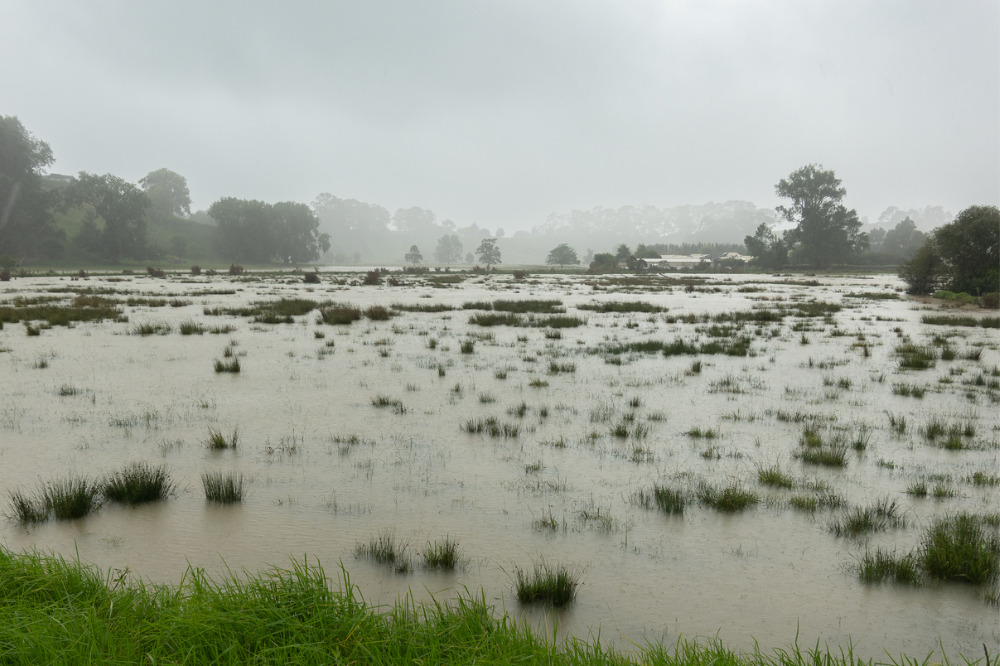Report recommends natural solutions for Canada’s flooding woes

Report recommends natural solutions for Canada’s flooding woes | Insurance Business Canada
Catastrophe & Flood
Report recommends natural solutions for Canada’s flooding woes
A new study offers hope for Canadians in high-risk flood zones
Catastrophe & Flood
By
Miko Pagaduan
Approximately 1.5 million homes, representing 10% of the Canadian residential housing market, are in high-risk flood zones where they are ineligible for flood insurance.
The report provides practical guidance for federal, provincial, local, and Indigenous governments to reduce flood risk.
Nature-based solutions to flood management
Historically, flood management techniques largely relied on built infrastructure solutions such as flood walls, dikes, and river channel modifications to control natural processes.
However, as large-scale flooding in British Columbia demonstrated in 2021, these structures can negatively impact river systems and fail, leaving towns and homeowners underwater.
In contrast, nature-based flood solutions provide benefits for people and nature and are often self-maintaining.
The report emphasizes that communities can be protected downstream by restoring wetlands and using floodplains to soak up, store, and slow down water upstream.
“We are seeing increased awareness of the need to work with, rather than against nature, in tackling flooding in Canada,” said Joanna Eyquem, lead author of the report and managing director, Climate Resilient Infrastructure, Intact Centre on Climate Adaptation. “However, to deliver these flood solutions, we need to work at the scale of natural systems, which in the case of rivers is the watershed.”
Three recommendations
Based on the advice of experts, the report makes three recommendations.
Firstly, the report proposes establishing uniform provincial methods for integrated watershed management in Canada. While some provinces have effective nature-based solutions for watershed management, approaches differ considerably across regions. Ontario’s Conservation Authorities are the sole watershed-scale organizations with a legal mandate that encompasses river flooding, erosion, and conservation, making them a potential example for other provinces.
The report’s second recommendation is to allocate funding for river flood management towards high-risk watersheds. Presently, municipalities often receive funding, despite lacking the authority to execute nature-based solutions on a watershed scale. Hence, future funding should be included in a watershed flood strategy that includes locally-funded initiatives.
Lastly, the report suggests prioritizing nature-based solutions for river flood and erosion management overbuilt infrastructure. The report recommends adopting a default approach of nature-based solutions and only using grey solutions when they are proven to provide superior benefits to both people and the environment over a long period.
Future standards to mitigate flood risk
The report also suggests that future standards could aid in executing the three recommendations. These standards should promote consistent approaches to watershed management planning, flood risk options selection, and nature-based solutions that reinforce existing standards and alleviate flood risk.
“CSA Group is excited to publish this latest report as we continue focused efforts to address urgent flood risks across the country with new national standards and research,” said Michael Leering, director, Environmental and Business Excellence, CSA Group. “This research supports the addition of new nature-based solutions standards that enhance an already robust set of existing standards to mitigate flood risk.”
A seasonable report
The report’s release is well-timed as the Canadian Government determines the mandate of the Canada Water Agency and completes the National Adaptation Strategy.
Using a watershed approach to combat river flooding may serve as a cost-effective complement to the regional coastal resilience approach declared in the November 2022 strategy and be beneficial to the new agency’s purpose.
According to the report, nature-based solutions are a cost-effective method to reduce flood risk. The report suggests that implementing uniform approaches to watershed management, allocating funding to high-risk watersheds for river flood management, and routinely considering nature-based solutions for river flood and erosion management can achieve this goal.
Related Stories
Keep up with the latest news and events
Join our mailing list, it’s free!






